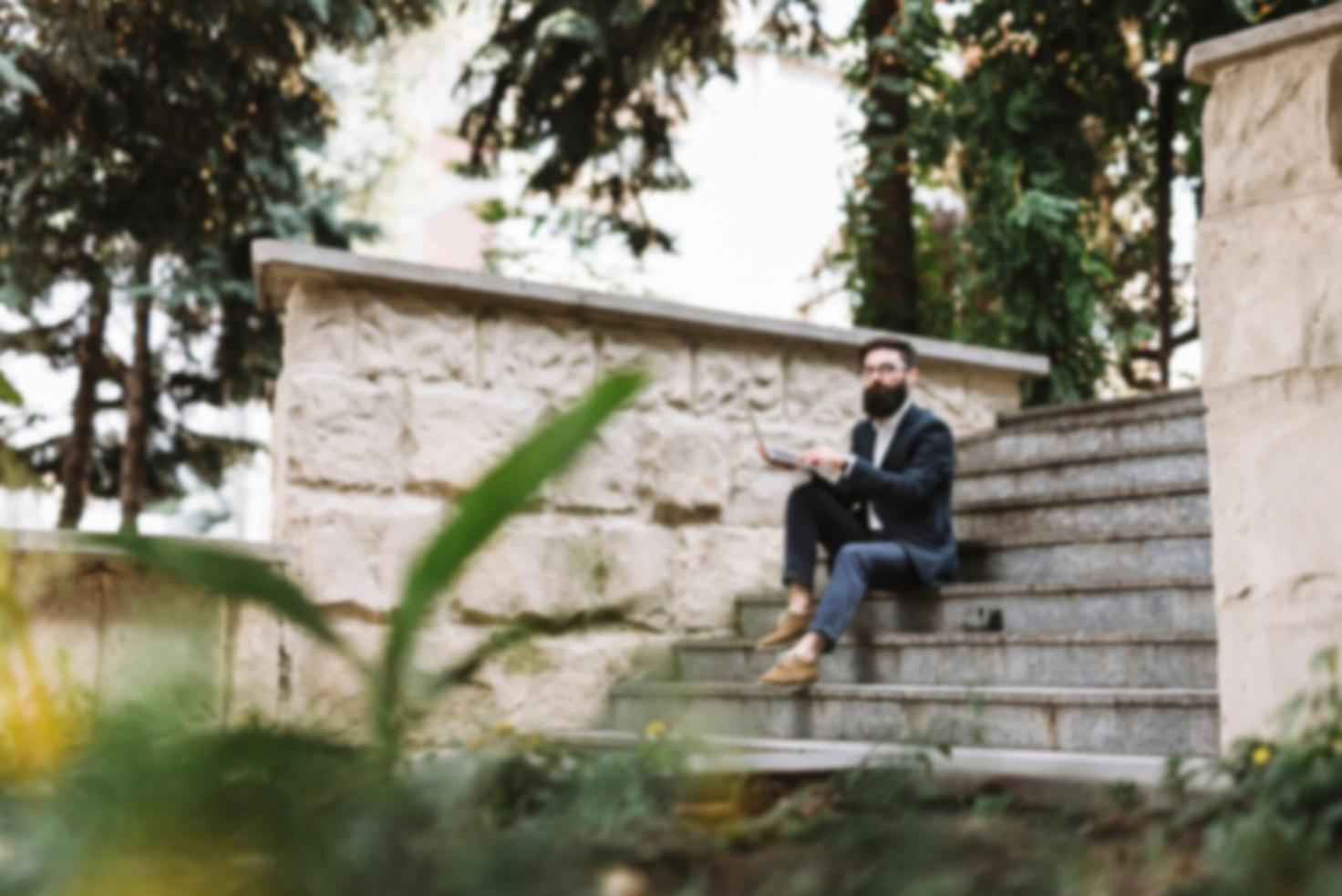Kellan Frost
Retail Business Owner
"I thought my seasonal swings were unpredictable. Turns out they followed a pattern I just hadn't seen before. Now I prepare inventory differently, and my cash flow doesn't swing as wildly during slow months."
Financial forecasting isn't just about spreadsheets. It's about understanding where your business can go—and making sure you're prepared when you get there.
Start Your Journey
Most people think they need a finance degree to understand forecasting. They don't. But you do need a few things in place before diving in—and honestly, it's less about credentials and more about mindset.
I've seen business owners with zero financial background build solid forecasting models. And I've watched finance professionals struggle because they approached it like an academic exercise instead of a practical tool.
Learning to forecast isn't linear. Most students zigzag between these phases, and that's completely normal.
First month or so, you'll dig into what your numbers actually mean. Not just revenue—the patterns behind everything. Where money comes from, where it goes, what's seasonal, what's growing.
Around weeks 6-10, you'll start constructing forecasts. They won't be perfect—mine weren't either. But you'll learn by doing, adjusting assumptions, testing scenarios. This is where most breakthroughs happen.
By month four, you'll customize everything to your specific business. No generic templates. You'll know which metrics matter most, how to adjust quickly, and when your forecast is telling you something important.